When on 3 April, 1879 the Constituent Assembly unanimously chose Sofia to be capital of the Principality of Bulgaria, the town had, all in all, 2 schools, 10 inns, just over 3,000 houses, and inhabitants numbering around 11,700. Czech historian Konstantin Jirecek, who had arrived in Sofia that same year describes it as: “Streets twisting around low houses made of wood or clay. Oriental stores, mud all around, enormous puddles. A newborn El Dorado of the East, beckoning to many an adventurer from the East and from the West.”
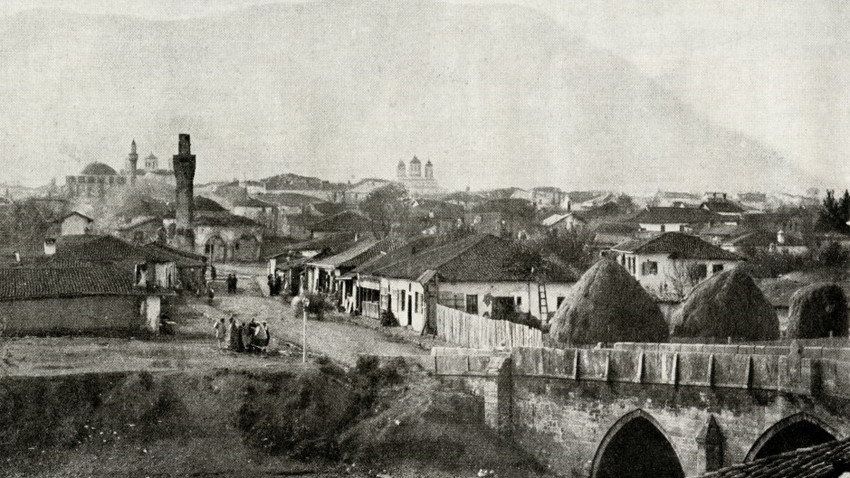
But the newly liberated country was much more than a place for adventurers to explore. Next to the list of achievements in the sphere of education, science, culture, urban planning, stand the names of dozens of intelligent young people who came to Bulgaria at the close of the 19th and the start of the 20th century, most of them being Czech.
An intriguing book about the Czech contribution to Bulgaria’s cultural and historical heritage tells the story of one of these people, the man who was commissioned to develop the first urban development plan of the city. The book’s author, architect Valentina Vurbanova:
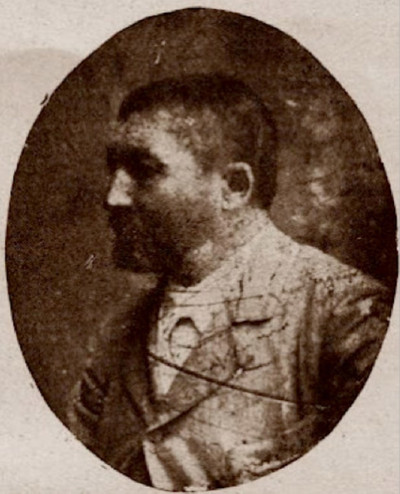
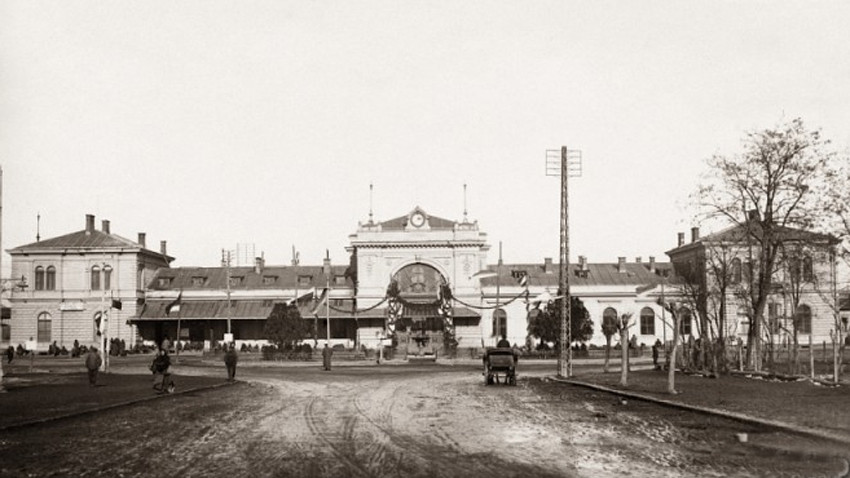
Architect Kolar’s arrival in Sofia in 1878 marks the start of modern town planning. But he also designed a great many of the city’s emblematic spaces and buildings, like the Central Railway Station, the City Gardens, the monument to Vassil Levski, the Ministry of War and the Officers’ Club, the Military Academy and many more.
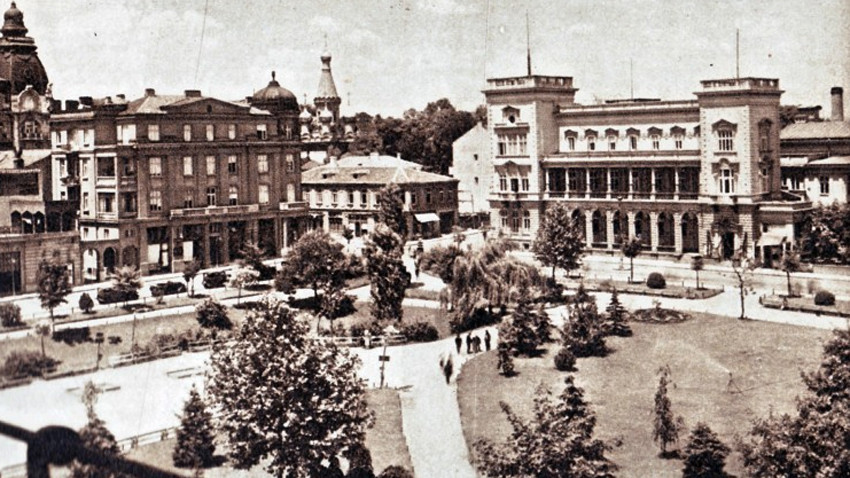
One of the first commissions he took was to build the most modern hotel in this part of Europe – Grand Hotel Bulgaria. Located right next to the royal palace, it took three years to build – from 1882 to 1885. Many politicians and officers, diplomats, journalists and musicians, renowned writers and actors stayed at the hotel. Next to it was Bulgaria café, again designed by Kolar. Up until World War I it was the capital city’s cultural and social hub. The voices of the intellectuals and public figures who frequented it were heeded by royal councilors and the political class alike.
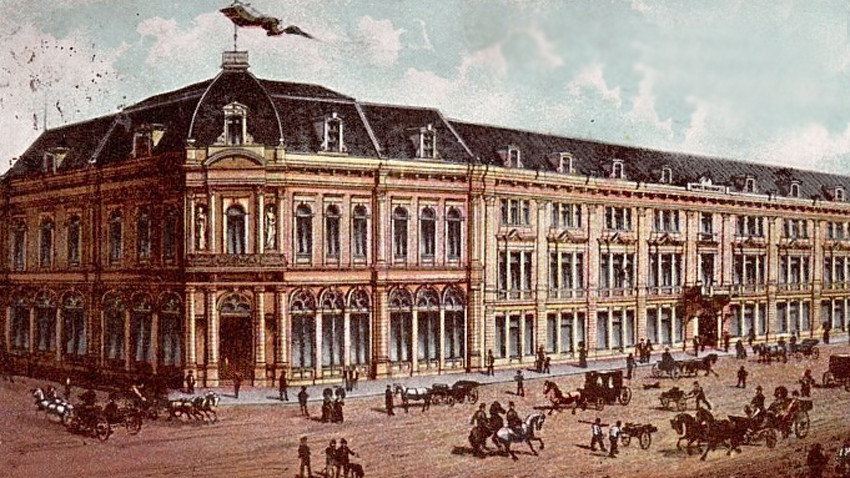
Tracing the life and work of Sofia’s first architect we can see that in no more than 2-3 decades, Sofia blossomed from a backward hamlet of the Ottoman Empire into a European city. This is what makes the exhibition mounted at the Regional Museum of History, at the initiative of the Bulgarian Development Bank, so fascinating. Another interesting fact is that its building is the building of what was once the Grand Hotel Sofia, restored and turned into a modern building with all the respect due to the work of the architect, and the preservation of the city’s cultural heritage.
The exposition is on until 3 October.
English version: Milena Daynova
Photos: stara-sofia.comPriest Lyubomir Bratoev is a direct participant in the events of t he founding of the Bulgarian Orthodox Church community in Berlin . He came to the capital of East Germany in the late 1980s as a doctoral student. And, like a typical Orthodox Christian..
After nearly 35 years, the Bulgarian Orthodox Church Community in London has its own church in the central part of the British capital, in close proximity to the Bulgarian Embassy. There, in the prestigious Kensington district, next to Hyde Park and..
Meatfare Sunday in 2025 will be remembered as a major celebration for the Bulgarian Orthodox Church and the entire Bulgarian community in the United Kingdom. The "St. John of Rila" Orthodox Church, built with funds from the Bulgarian state and with..
On 20 April, all Christians will celebrate the Resurrection of Christ. Against the backdrop of our divided and troubled world, Catholics, together with..
On Good Friday, the saddest day for Christians, the liturgy commemorates the suffering, crucifixion and death of Jesus Christ, who sacrificed..
Holy Saturday services begin on Friday evening with Vespers. The Church commemorates the burial of Christ the Saviour and His descent into hell to save the..

+359 2 9336 661
